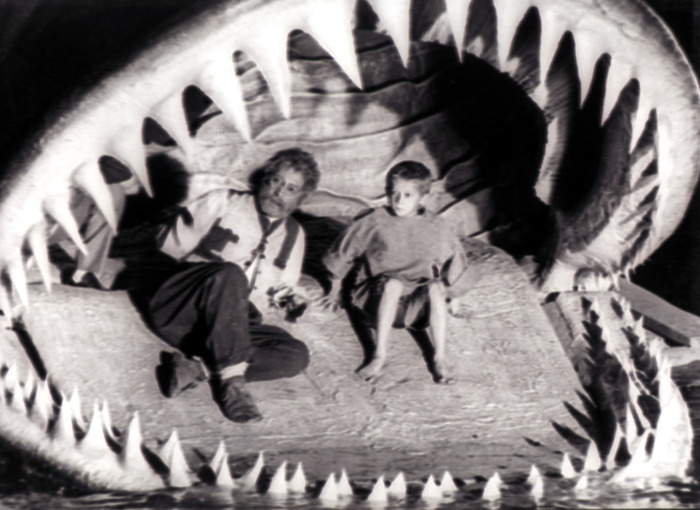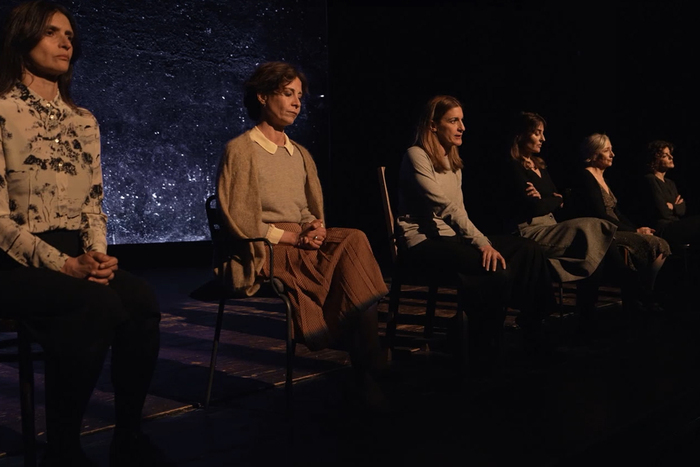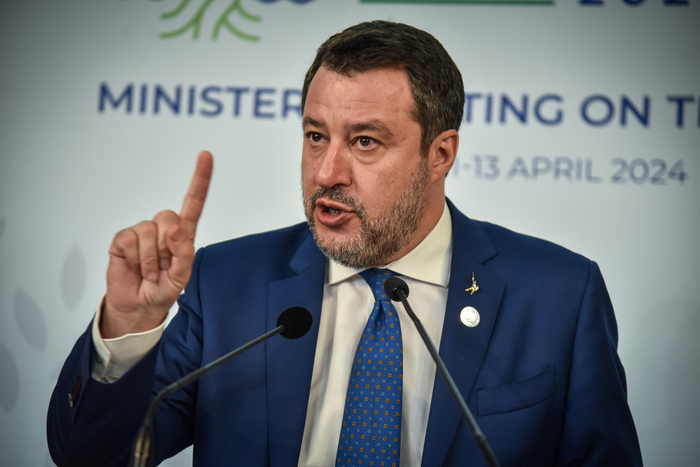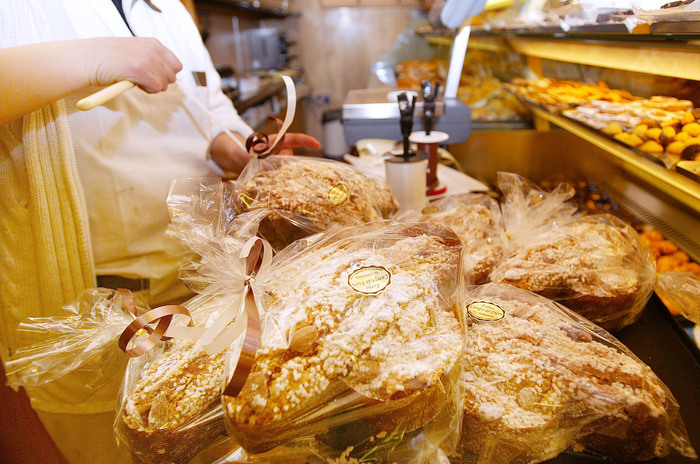A hero of freedom and a child of flesh and blood.
It is this fundamental difference from the literary original.
Adaptations of The Adventures of Pinocchio starting from the Disney version dated 1940 up to the one signed by Matteo Garrone, waiting for Robert Zemeckis's Pinocchio live action with Tom Hanks - Geppetto and the stop motion one by Guillermo Del Toro to arrive in December, the novel by Carlo Collodi (1881) has had many and prestigious.
But one above all has entered the hearts of the Italian television people: the transposition signed by
Luigi Comencini
with an unforgettable gigantic
Nino Manfred
i in the role of Mastro Geppetto, who on April 8 celebrates
50 years
i since its debut, just two days after the 15th anniversary of the death of the director who died on April 6, 2007. Five episodes for a total of 280 minutes that were aired for the first time on
Rai1 in 1972
: when the miniseries were still called ' dramatized 'and when it could happen to see all together on the screen actors of the caliber of
Gina Lollobrigida (the blue fairy), Vittorio De Sica (the judge), Franco Franchi and Ciccio Ingrassia (the Cat and La Volpe)
and then again Renzo Montagnani, Stefano Satta Flores.
Leading the cast is a surprising newcomer, little
Andrea Balestri
in the role of the puppet Pinocchio who was chosen precisely for his lively and rebellious character.
A generation still remembers it, perhaps for that musical theme - cheerful and melancholy at the same time - signed by Fiorenzo Carpi.
Comencini takes us back to the Grand Duchy of Tuscany, in the mid 19th century, where the carpenter who lives in a hovel and the fire is drawn on a wall decides to make a wooden puppet, with a log given to him by Mastro Ciliegia (Ugo D ' Alessio).
His amazement is great when at the end of the work, the sculpture begins to speak.
And the surprise is even greater when, upon awakening him, Mastro Geppetto finds himself in front of him no longer the puppet but a child in flesh and blood.
It is not a mystery that Comencini has taken "directorial licenses",
but it should be emphasized on all that Geppetto / Manfredi, immense, poignant, authentic still today with respect to the very authoritative competitors on the big screen, both on the Carlo Giuffrè of the Roberto Benigni version and on the Benigni himself of the Matteo Garrone version (the film received two nominations at 'Oscar for best costumes and best makeup).
But by looking at Comencini, perhaps he had grasped nuances 'forward' and intensity.
Apart from the differences with respect to Collodi's text, there is the fact that Pinocchio is played by a real child and, only in some scenes, is he transformed back into a puppet (when he is punished or saved by the Blue Fairy).
Furthermore, all the characters who are represented in the book as animals,
in the film they are played by real actors - see the Cat and the Fox - and only in the make-up do they recall the reference animals.
The exception is the Jiminy Cricket, which is a pet but, unlike what happens in the book (and in the Disney animated film, from 1940), Pinocchio kills him with a pan, tired of his constant interference, and will never reappear.
Another difference concerns the ending.
In the script, Pinocchio is transformed into a real child when he is still in the belly of the giant shark, while in the novel the puppet is transformed for having helped Geppetto and the Blue Fairy.
The success of the drama was sensational and remained faithful to the narrative structure.
It must be said that Comencini, known as a great perfectionist and phenomenal creator of adolescent themed films,
he built a flawless mosaic.
The director managed to give his poetic imprint, albeit giving Collodi's story greater realism and important moral meanings.
The absolute strengths of the project: the screenplay, co-written with Suso Cecchi D'Amico;
the extraordinary cast and then the column.
For the film Oscar Tirelli made three different wooden puppets: one static;
a mechanical one (used for moving scenes), plus an eyeless head for eye movement scenes;
and finally an aquatic one for the scenes in the water.
The script, written by Comencini together with Suso Cecchi d'Amico since 1963, was shot between Lazio and Umbria mainly in the provinces of Viterbo, Terni and Rome.
albeit giving the story of Collodi greater realism and important moral meanings.
The absolute strengths of the project: the screenplay, co-written with Suso Cecchi D'Amico;
the extraordinary cast and then the column.
For the film Oscar Tirelli made three different wooden puppets: one static;
a mechanical one (used for moving scenes), plus an eyeless head for eye movement scenes;
and finally an aquatic one for the scenes in the water.
The script, written by Comencini together with Suso Cecchi d'Amico since 1963, was shot between Lazio and Umbria mainly in the provinces of Viterbo, Terni and Rome.
albeit giving the story of Collodi greater realism and important moral meanings.
The absolute strengths of the project: the screenplay, co-written with Suso Cecchi D'Amico;
the extraordinary cast and then the column.
For the film Oscar Tirelli made three different wooden puppets: one static;
a mechanical one (used for moving scenes), plus an eyeless head for eye movement scenes;
and finally an aquatic one for the scenes in the water.
The script, written by Comencini together with Suso Cecchi d'Amico since 1963, was shot between Lazio and Umbria mainly in the provinces of Viterbo, Terni and Rome.
For the film Oscar Tirelli made three different wooden puppets: one static;
a mechanical one (used for moving scenes), plus an eyeless head for eye movement scenes;
and finally an aquatic one for the scenes in the water.
The script, written by Comencini together with Suso Cecchi d'Amico since 1963, was shot between Lazio and Umbria mainly in the provinces of Viterbo, Terni and Rome.
For the film Oscar Tirelli made three different wooden puppets: one static;
a mechanical one (used for moving scenes), plus an eyeless head for eye movement scenes;
and finally an aquatic one for the scenes in the water.
The script, written by Comencini together with Suso Cecchi d'Amico since 1963, was shot between Lazio and Umbria mainly in the provinces of Viterbo, Terni and Rome.







